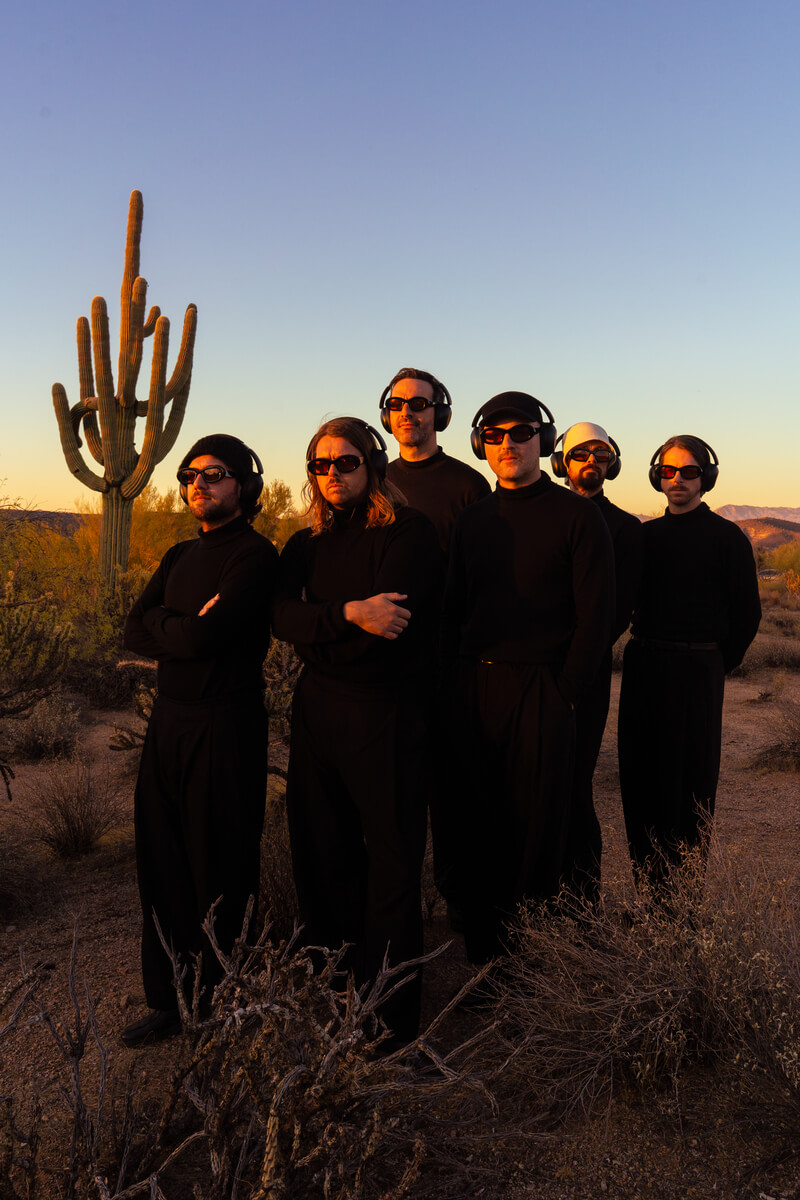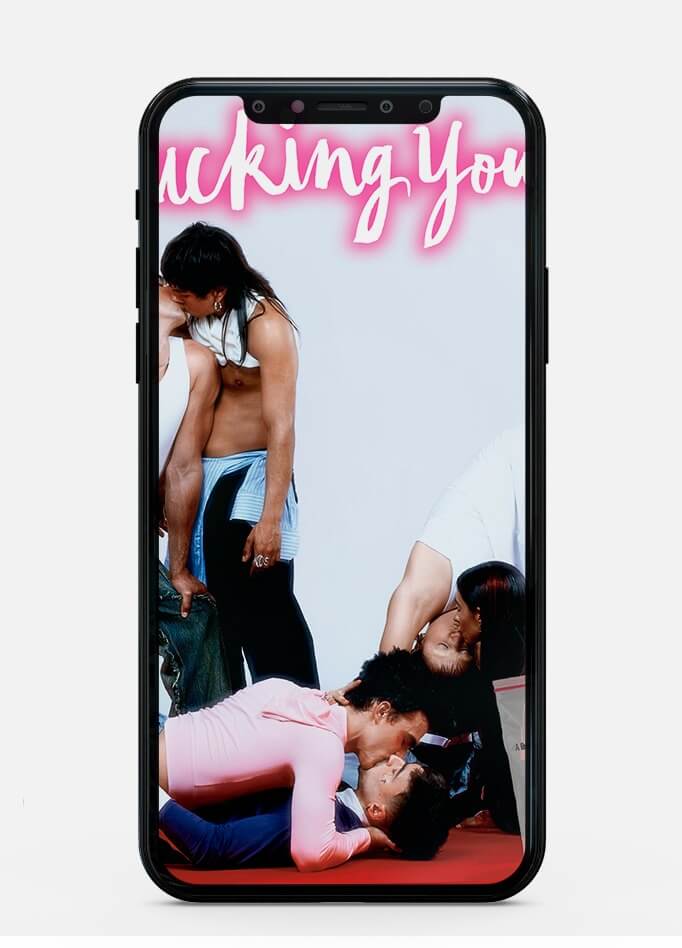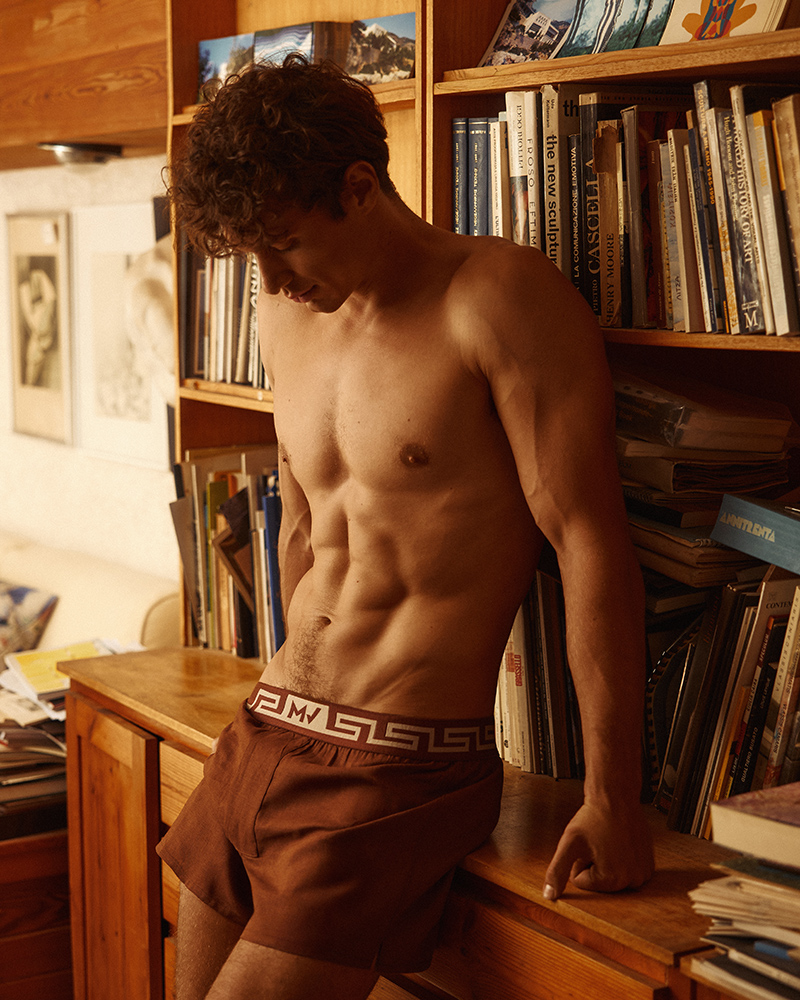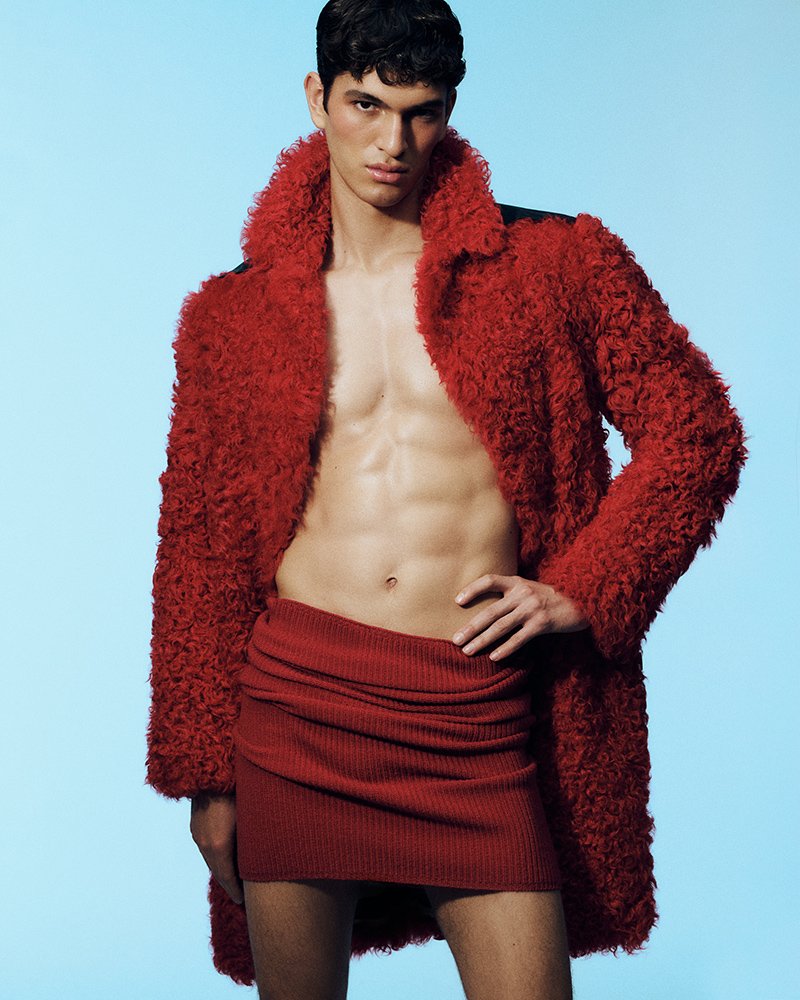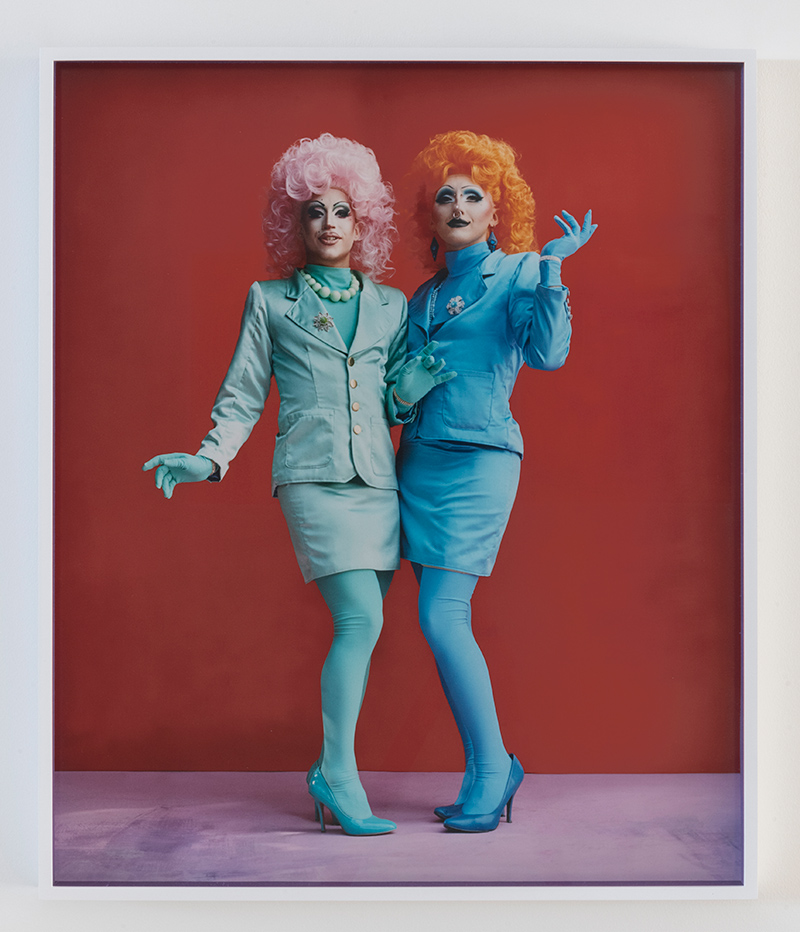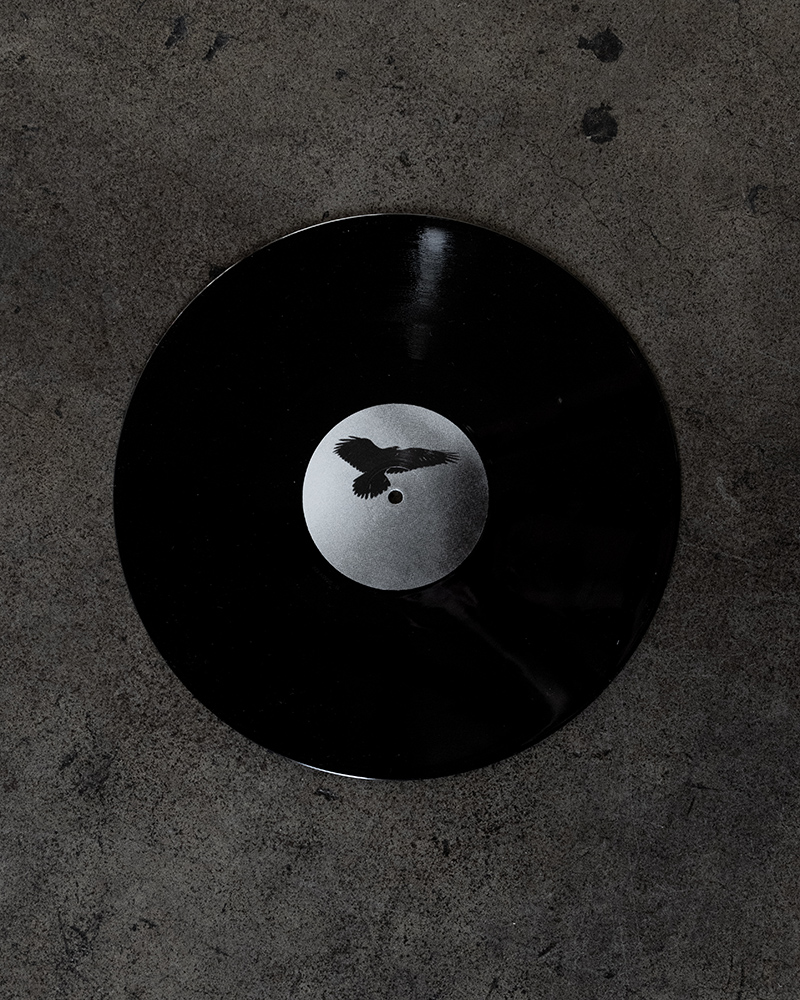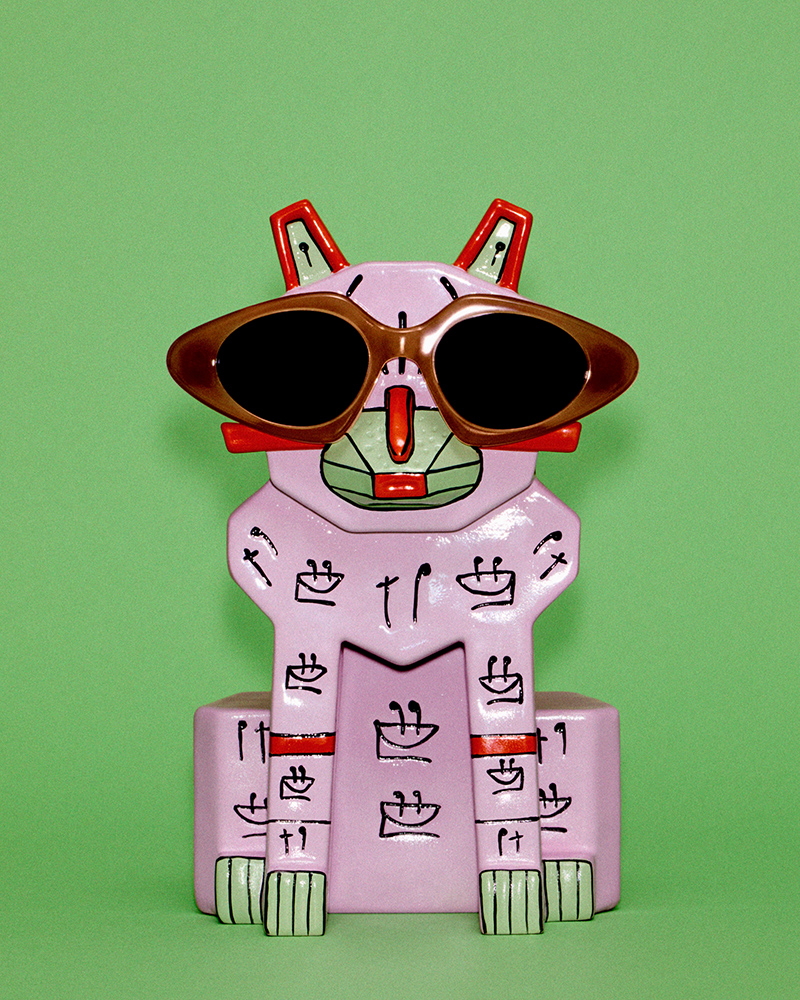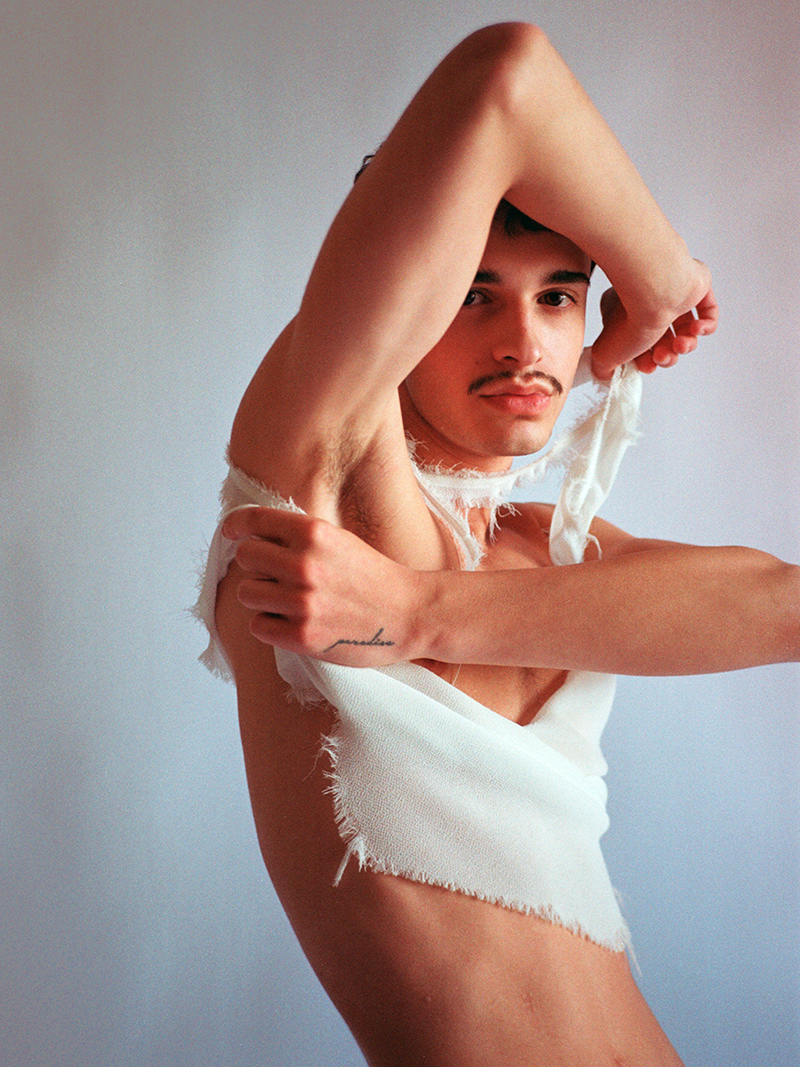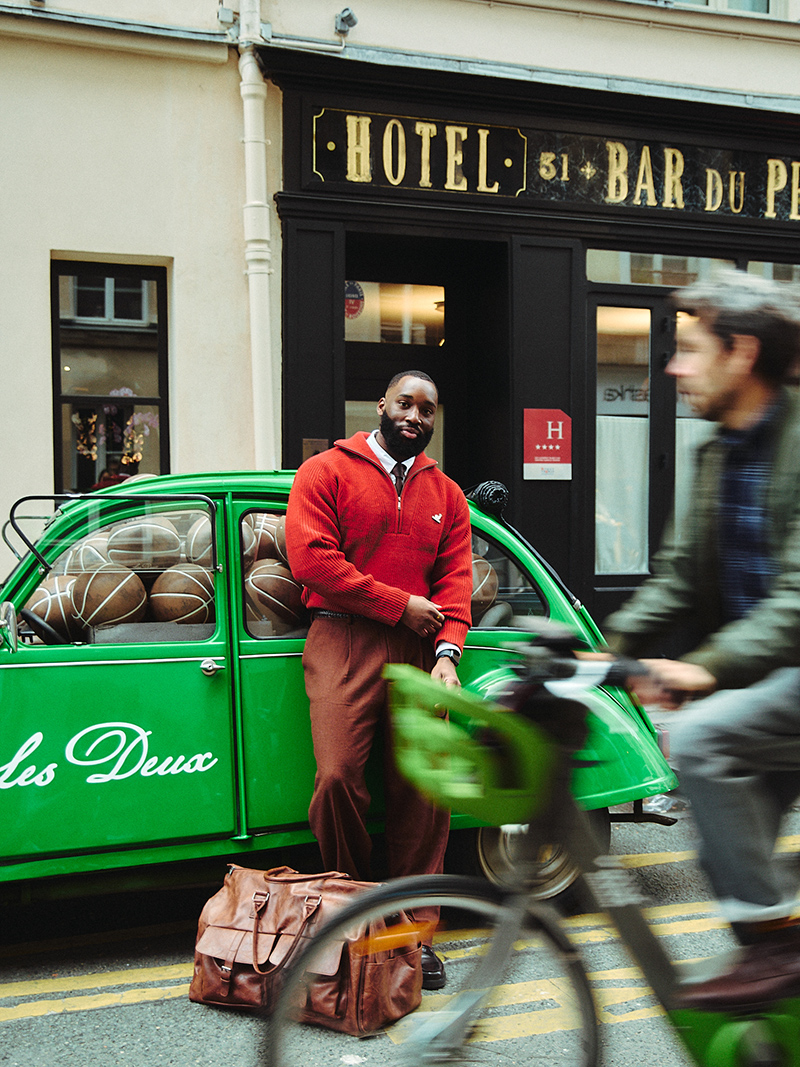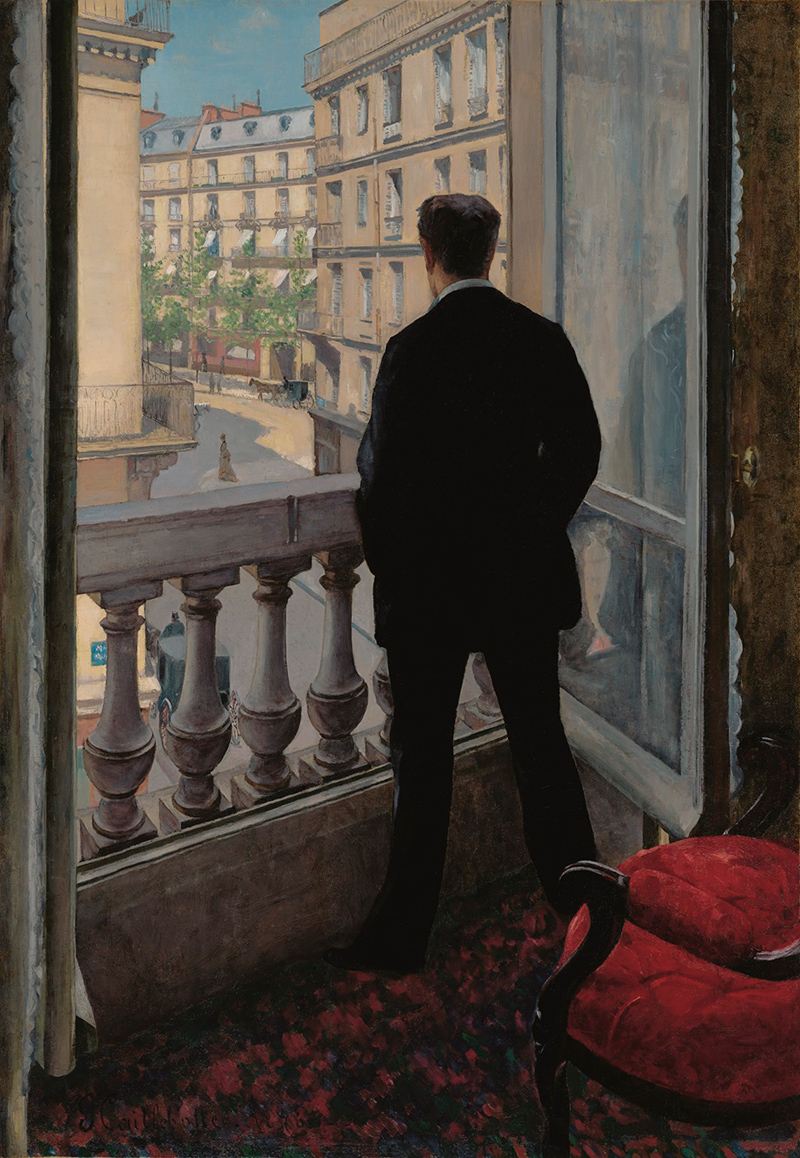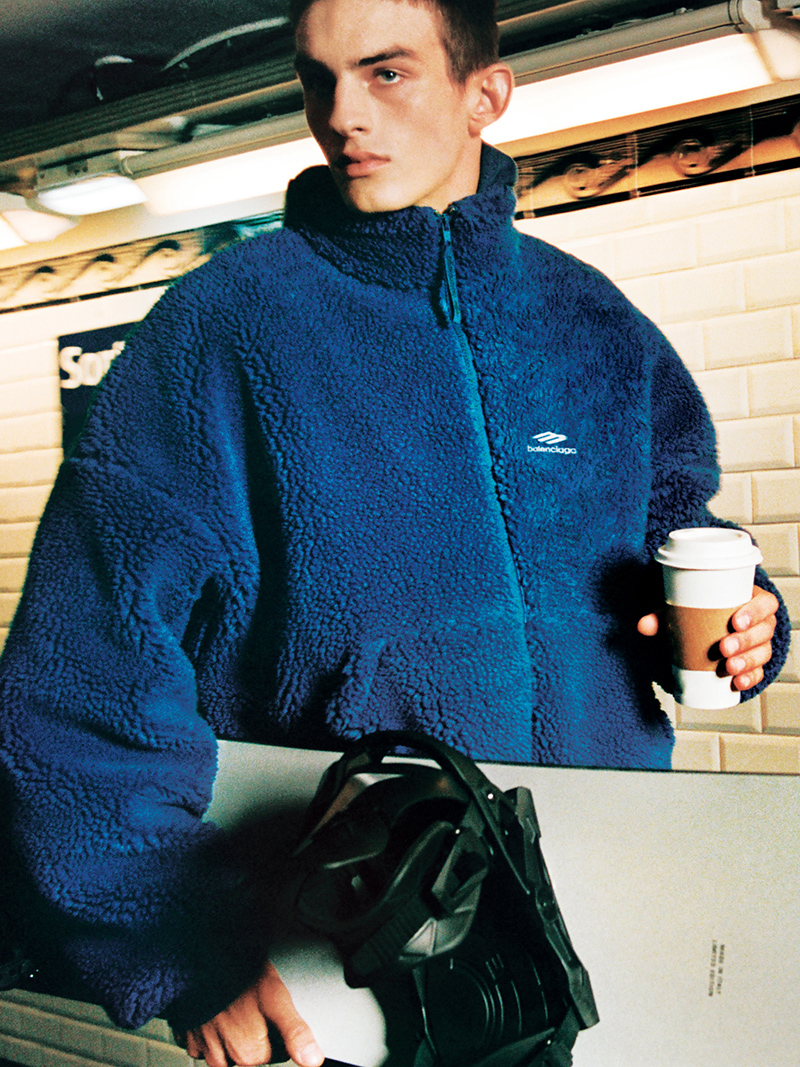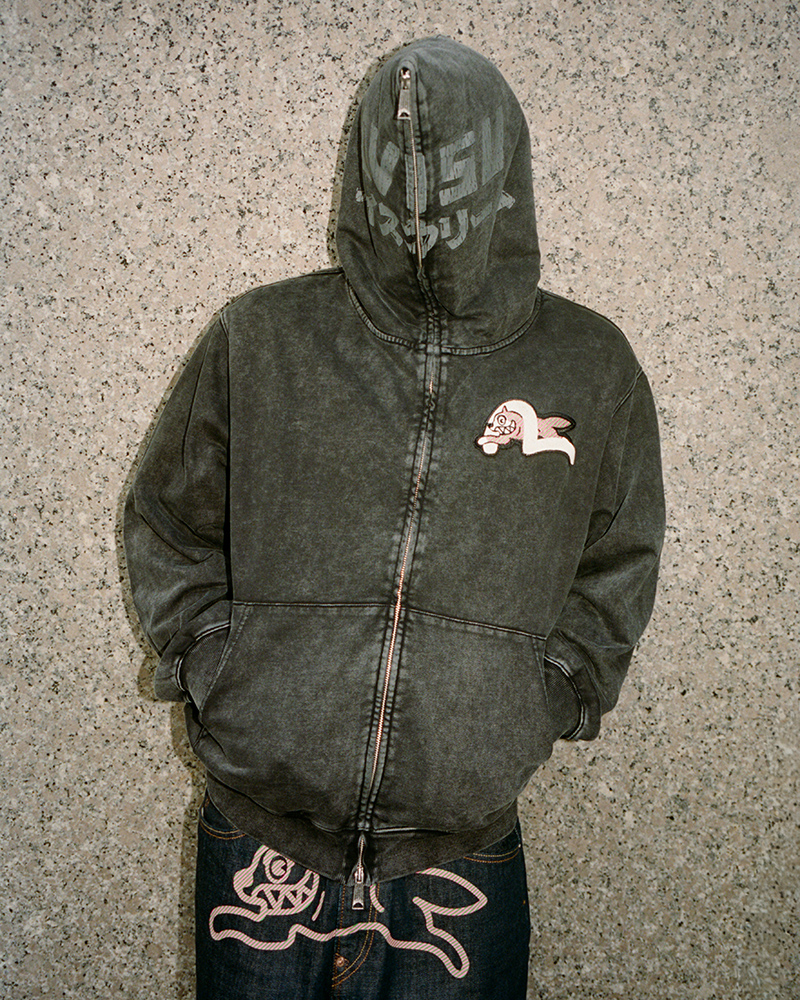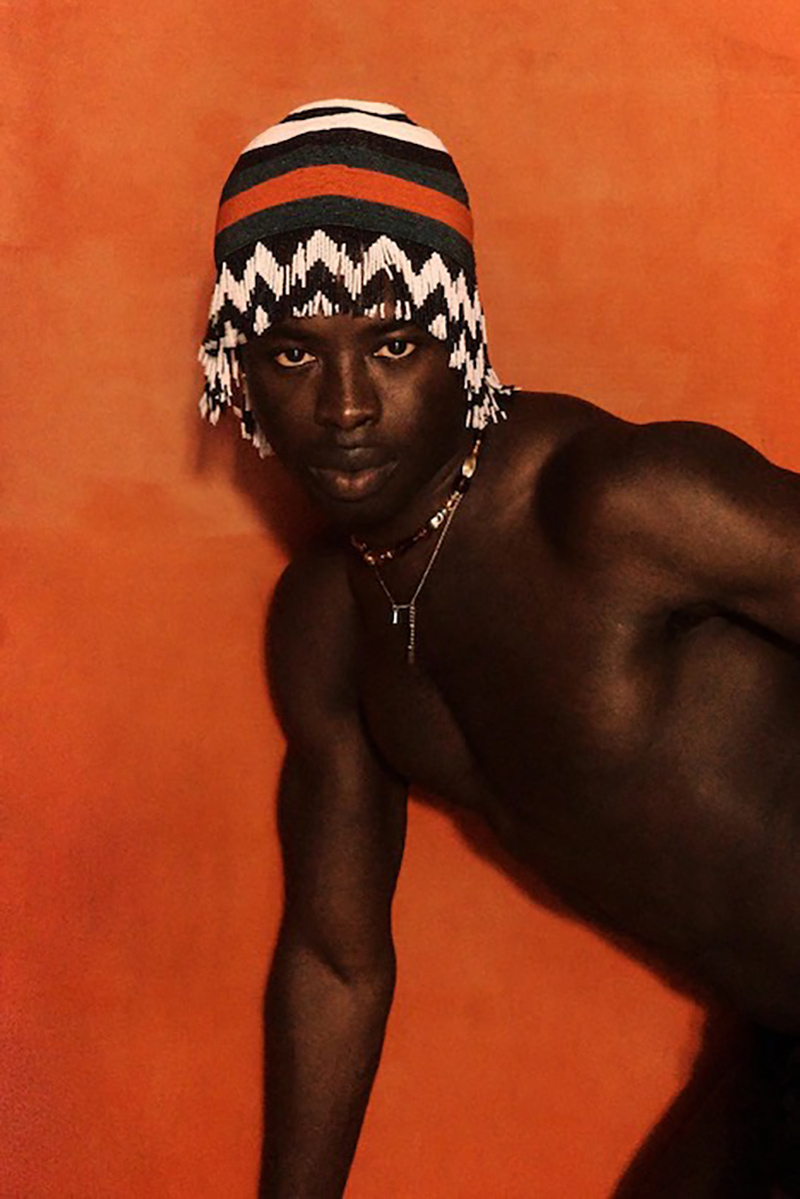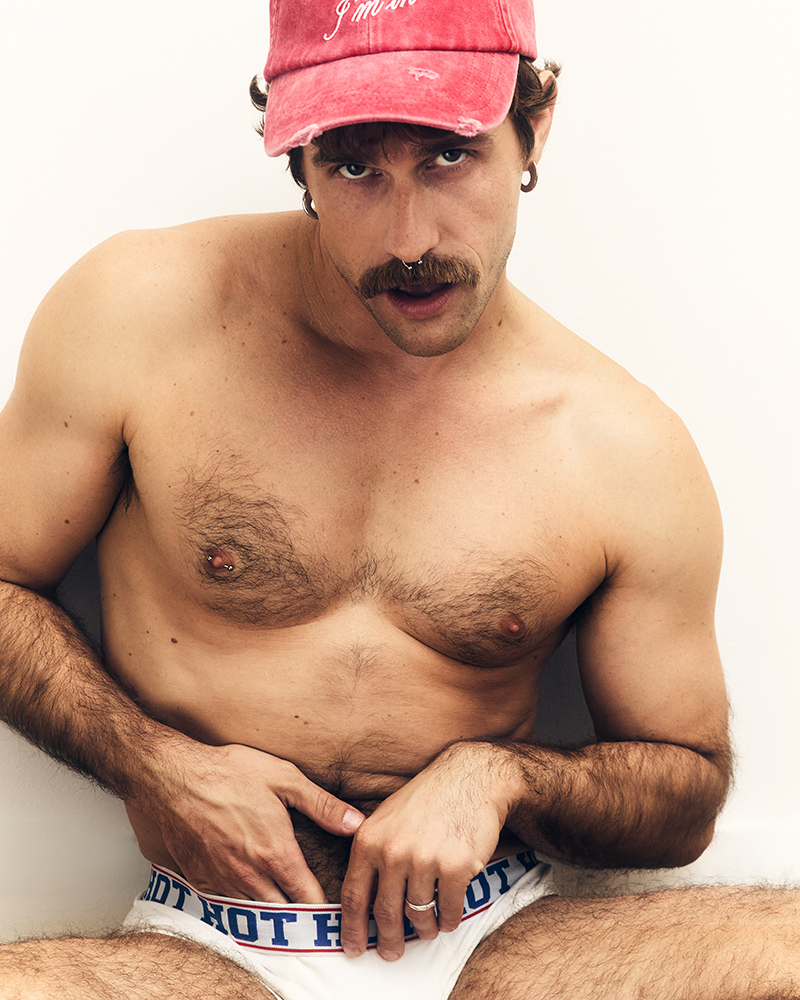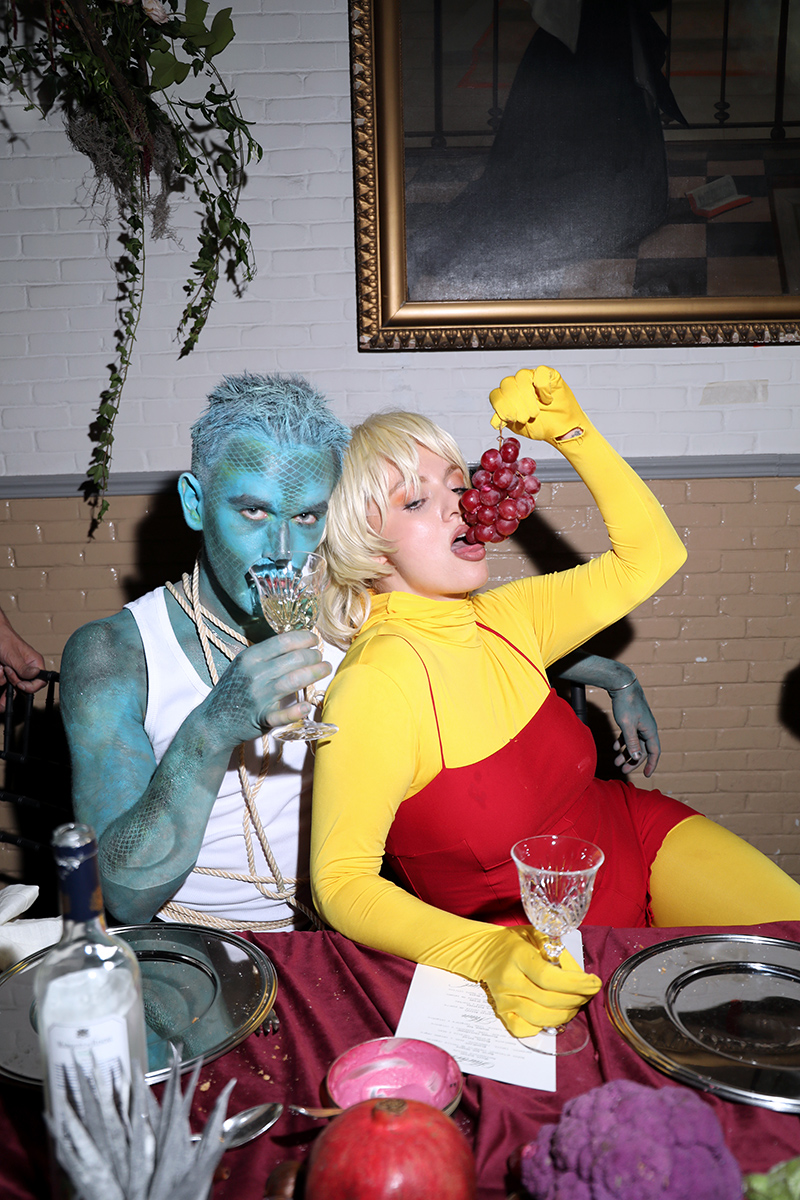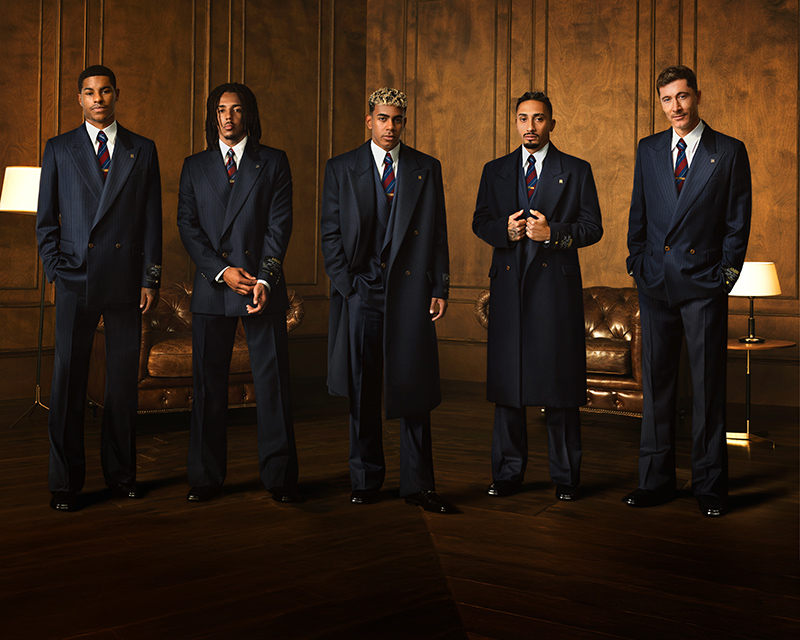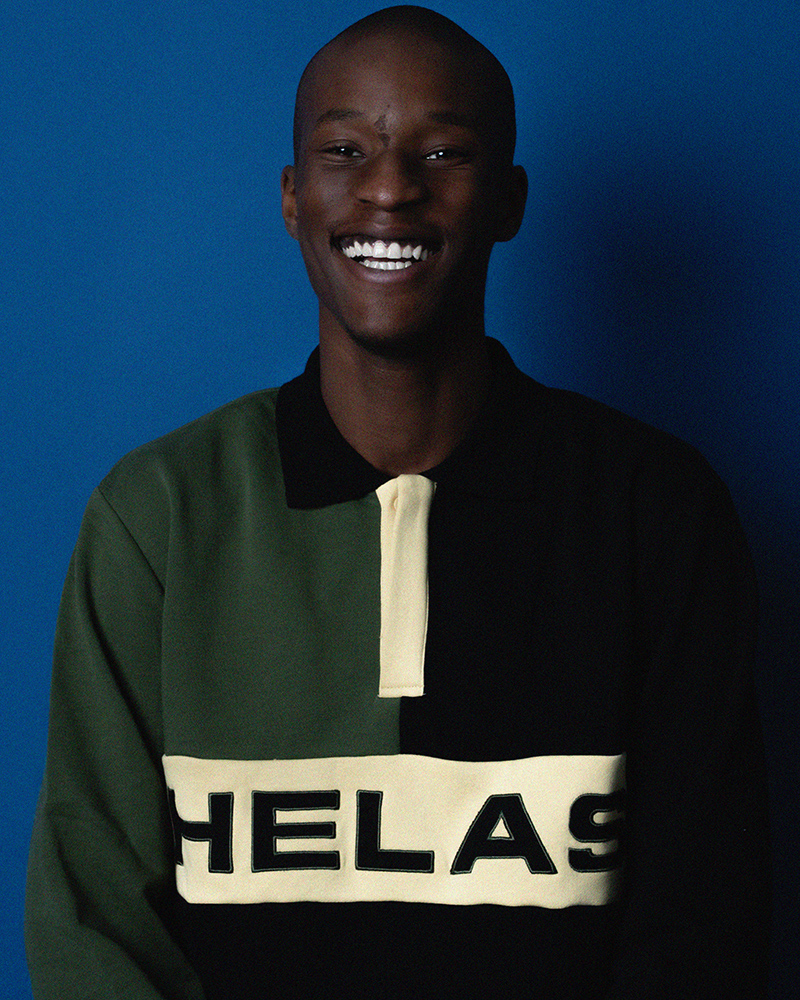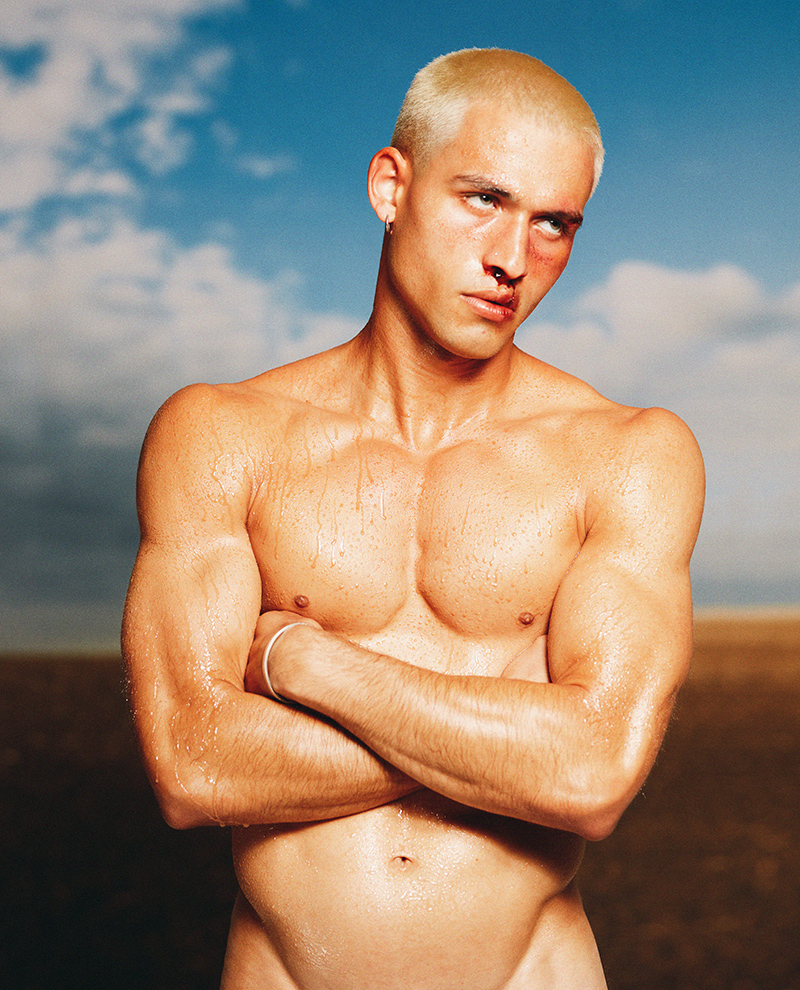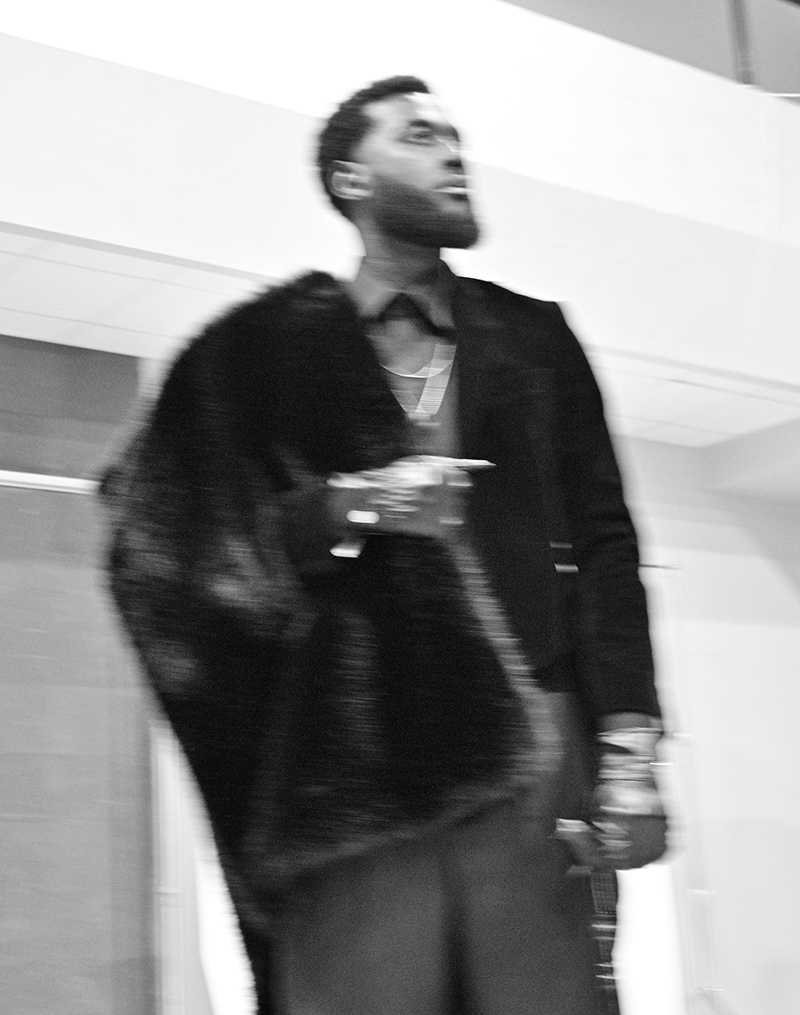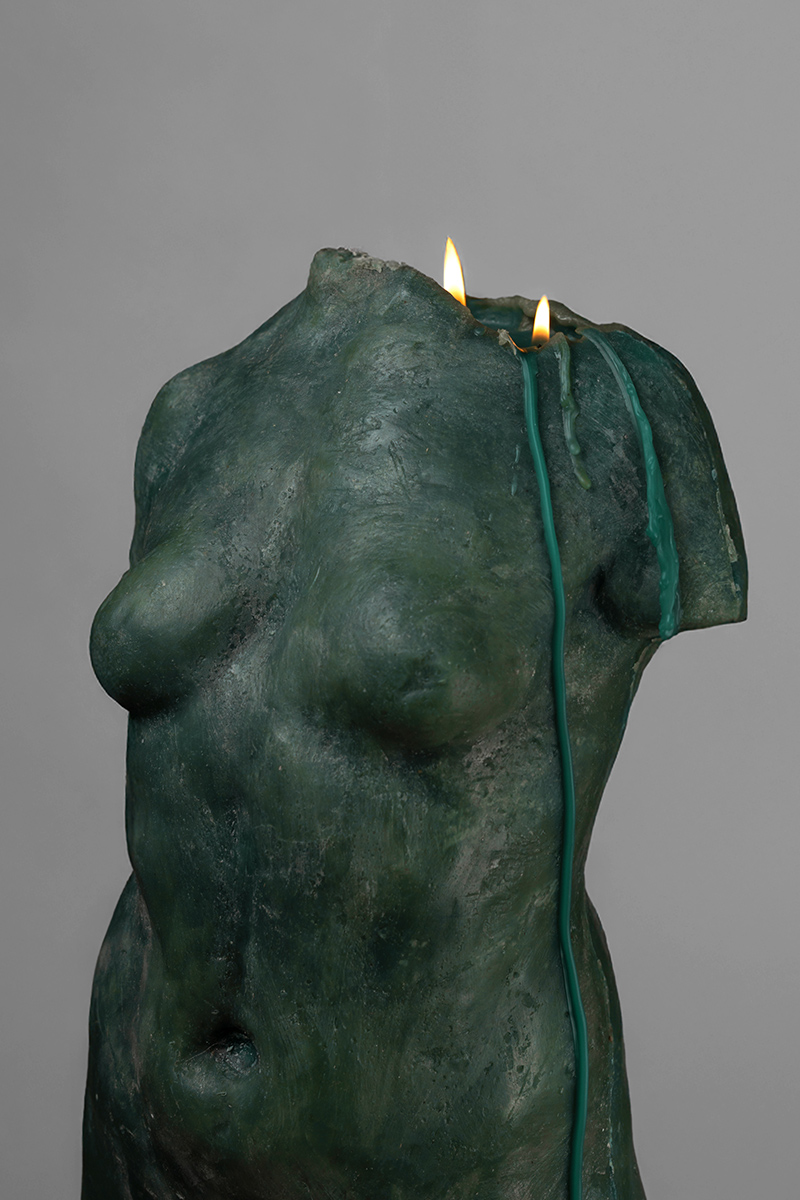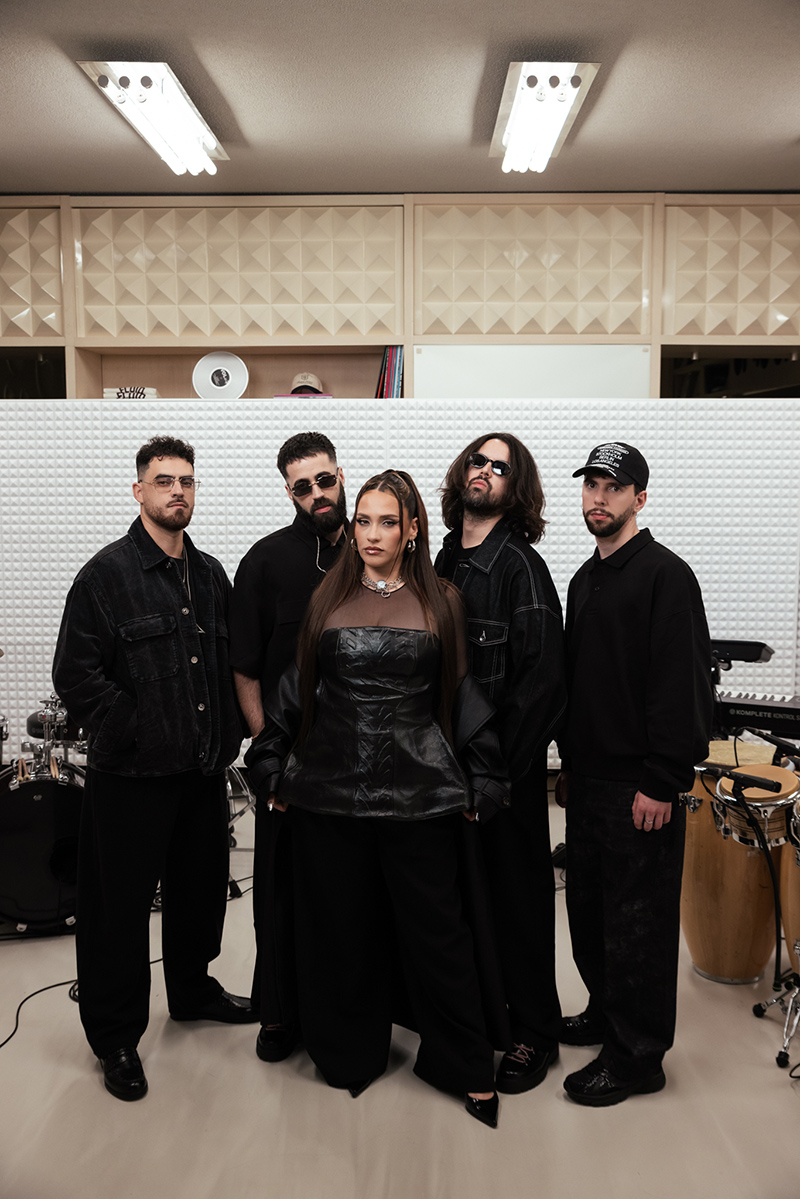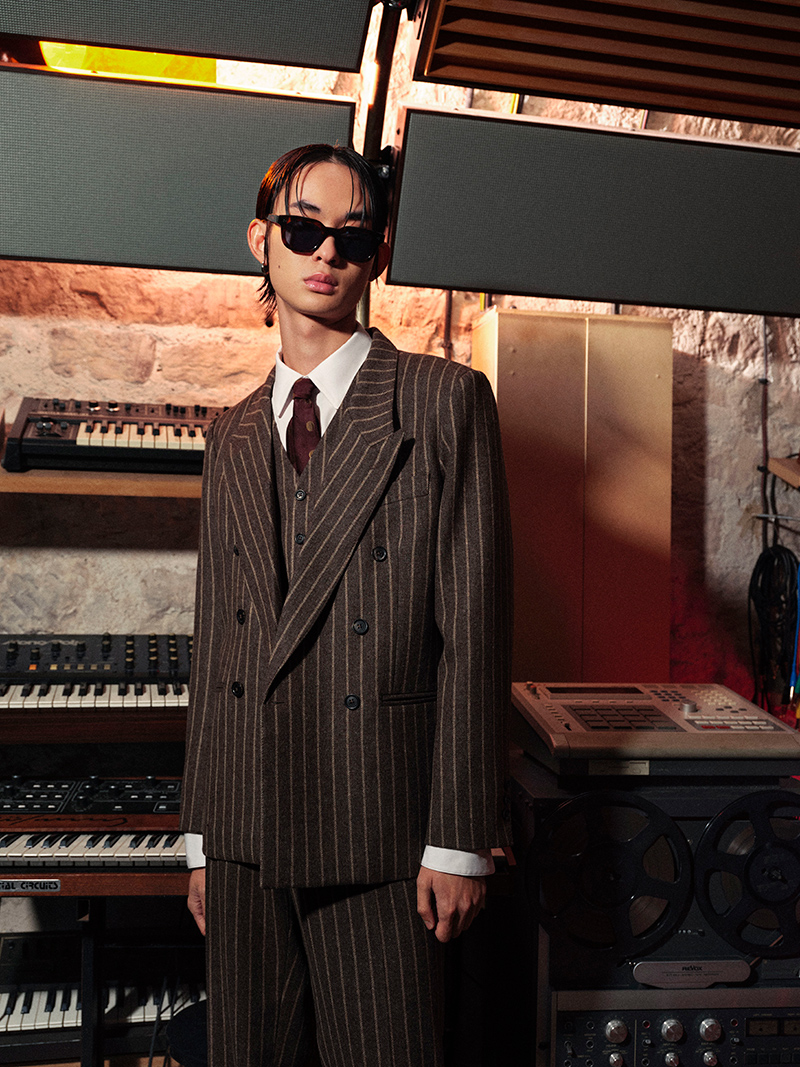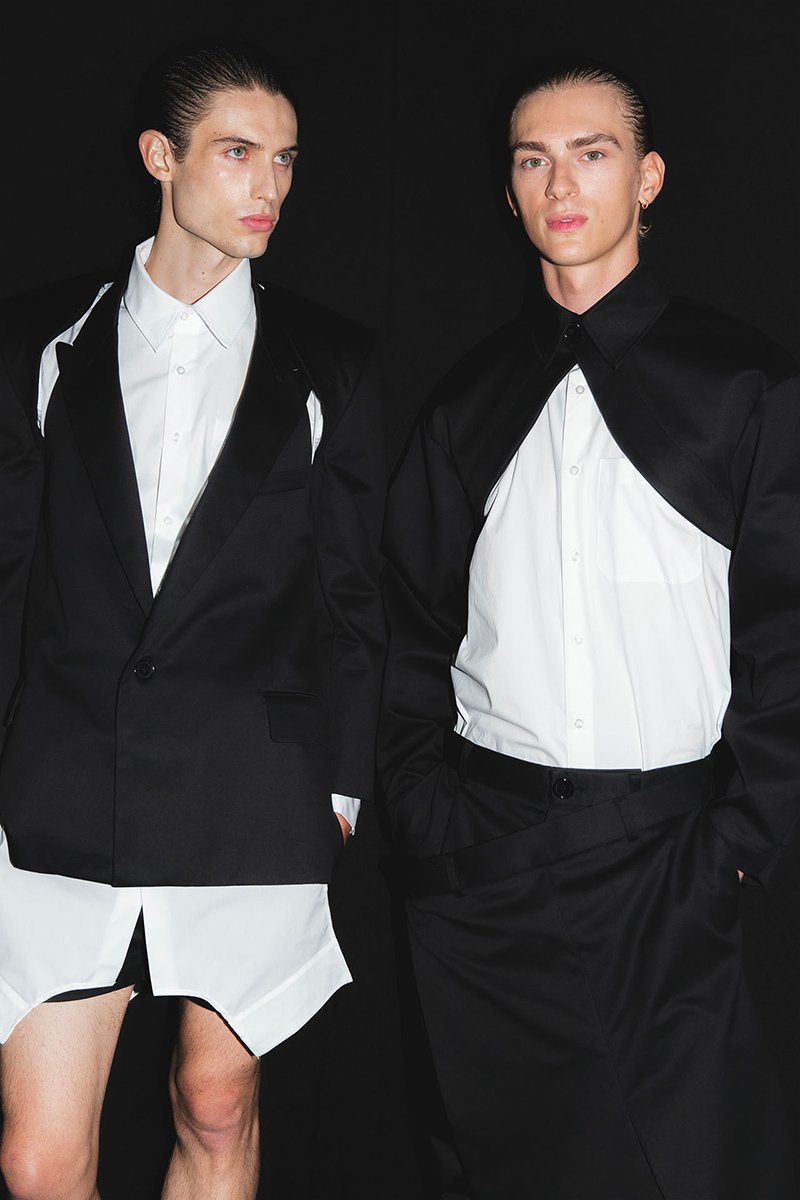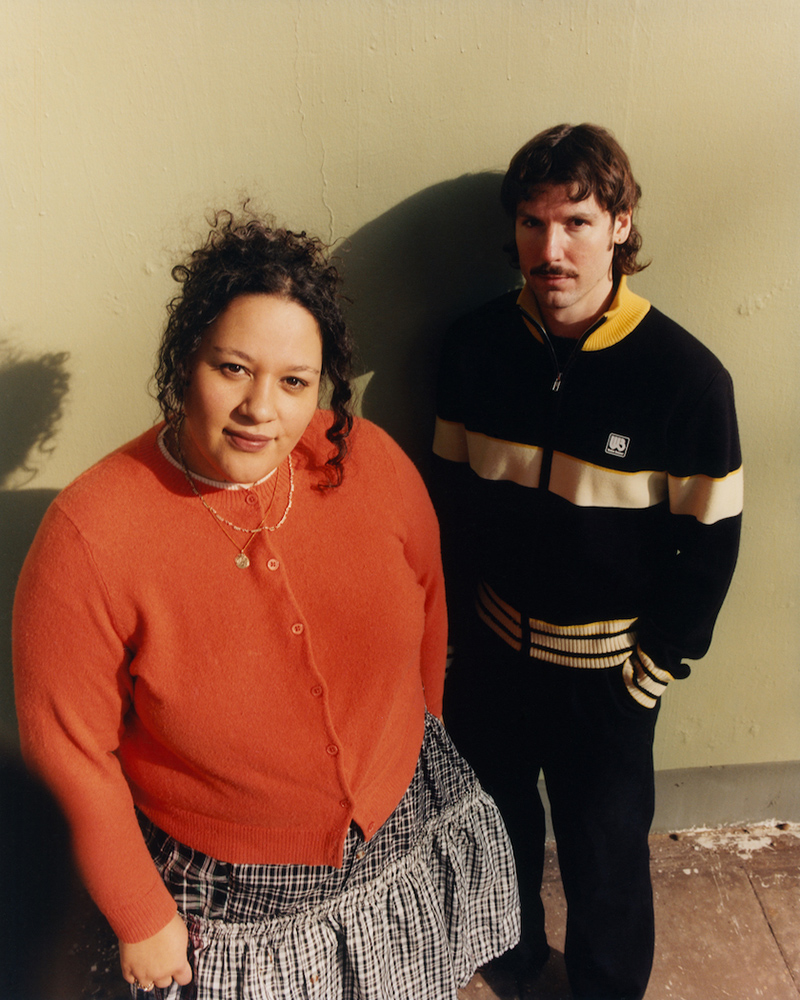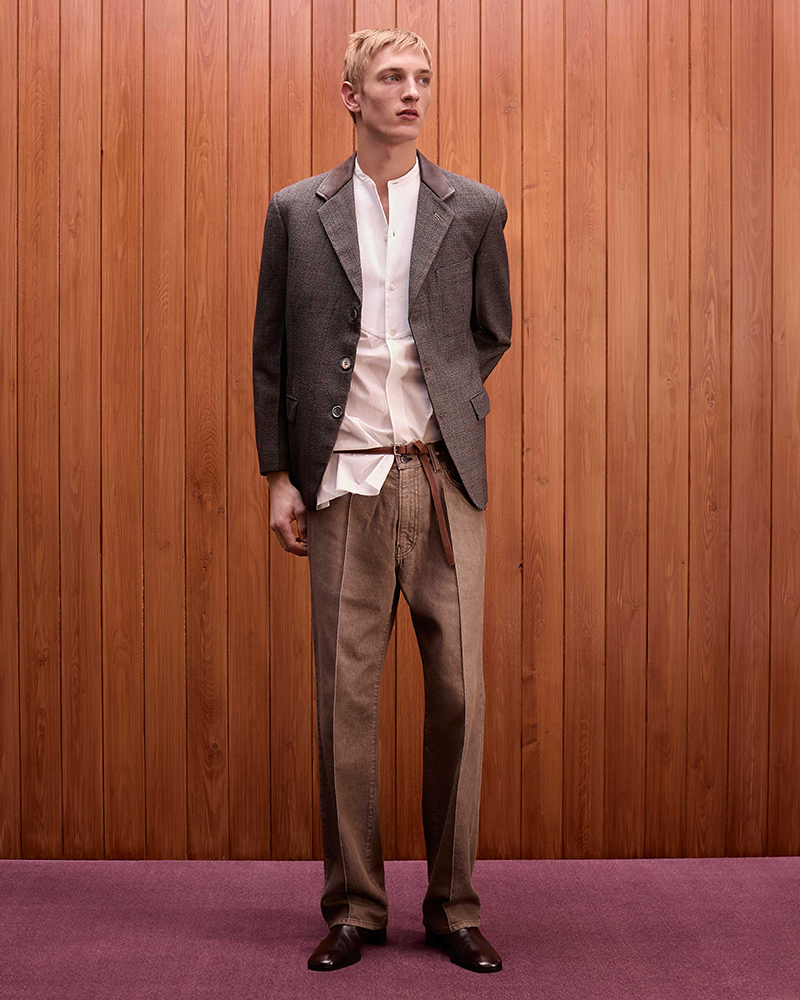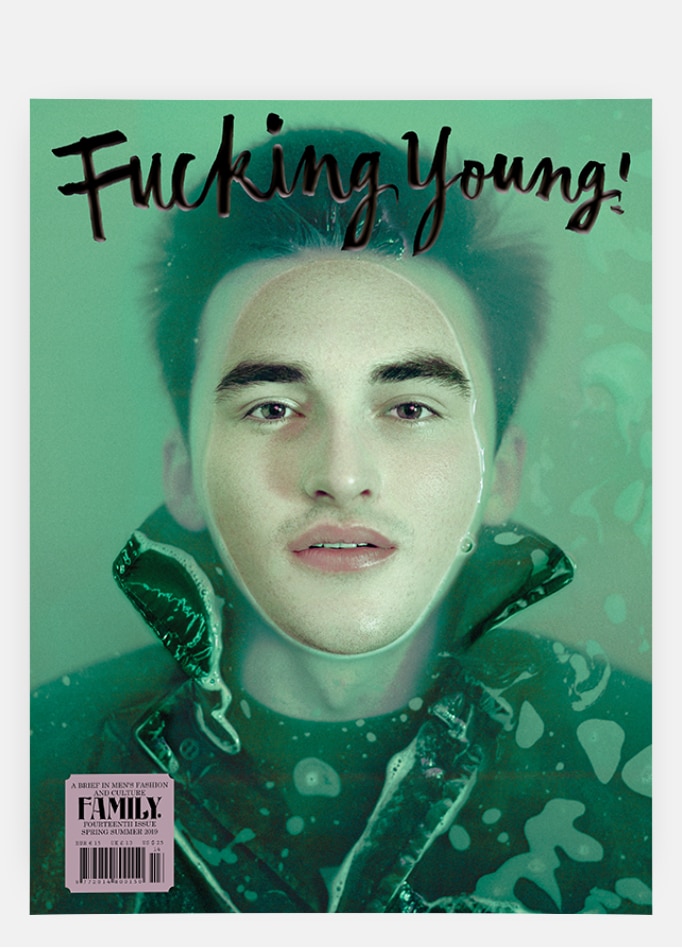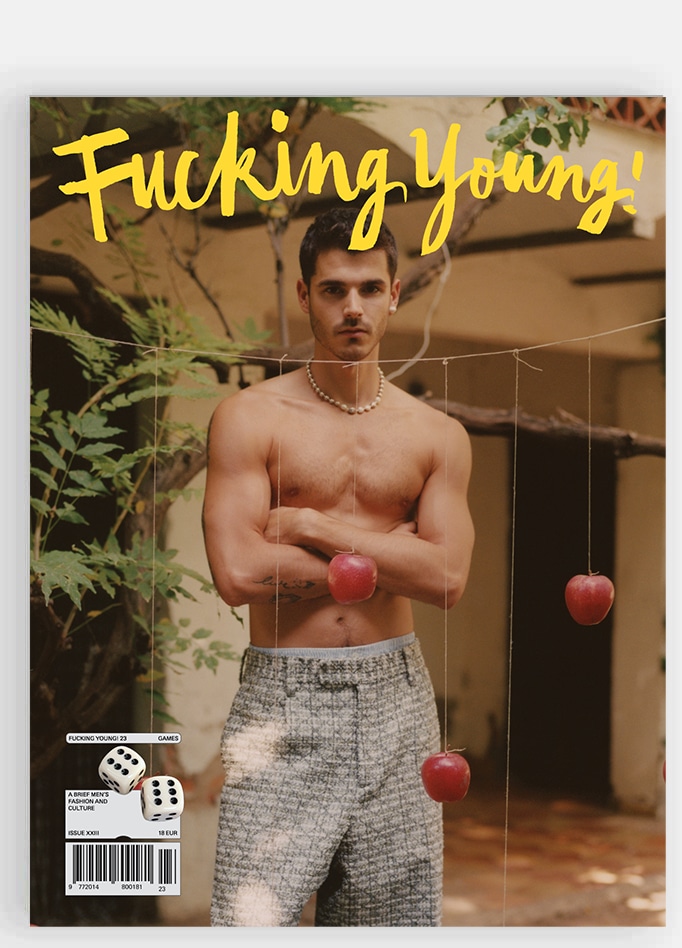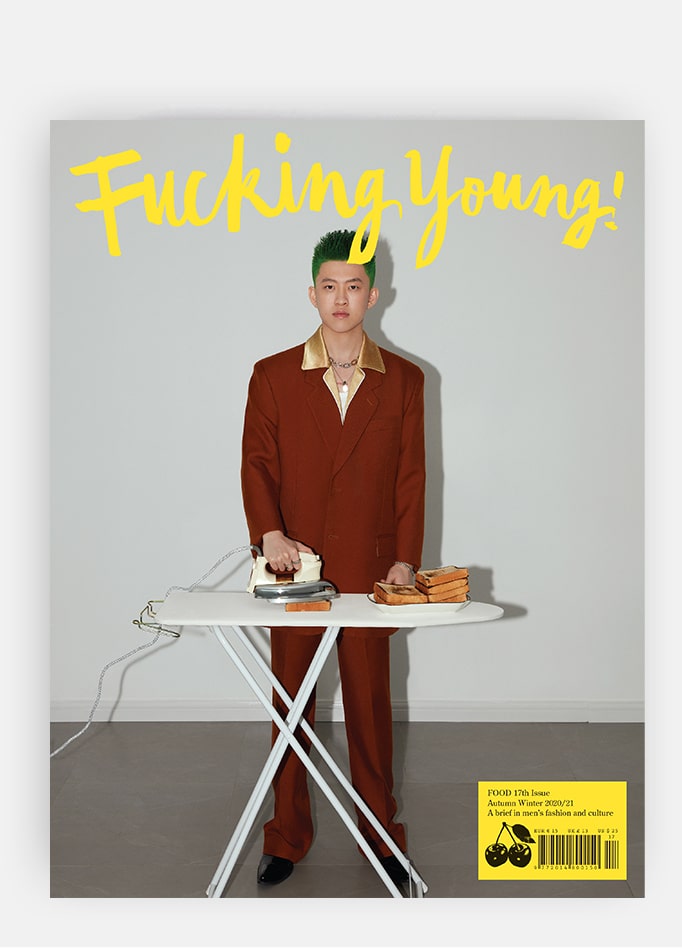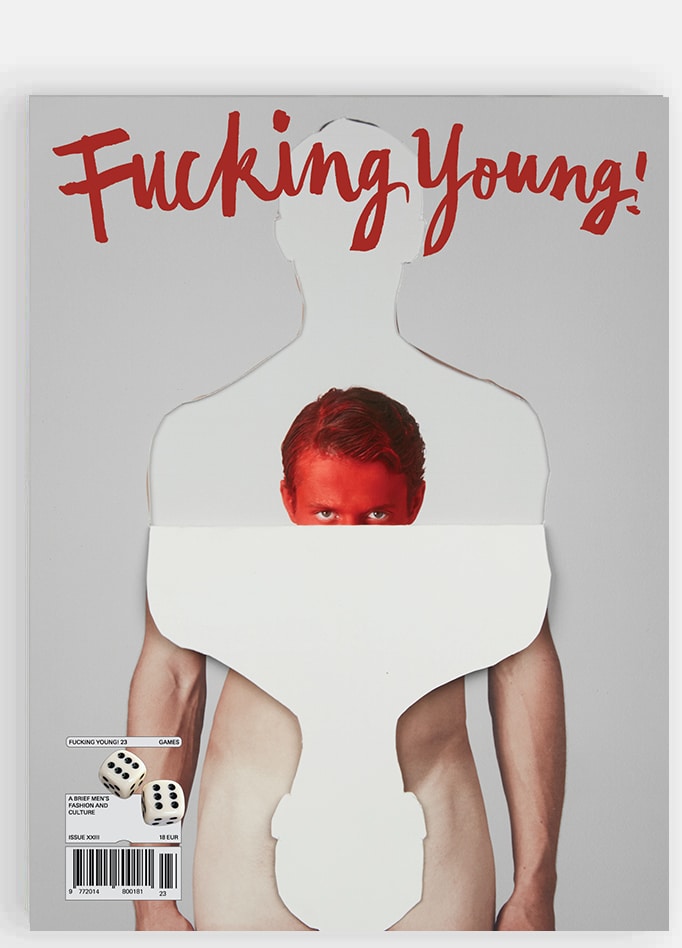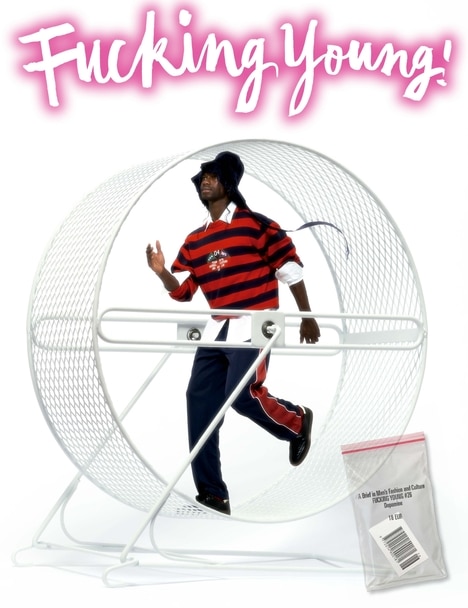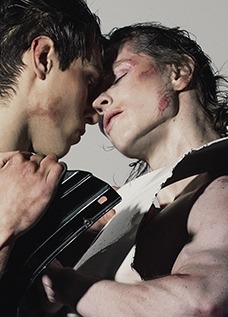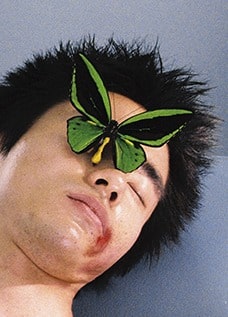Since the 1980s, Antwerp has been enjoying a privileged relationship with fashion and creativity. In many ways, the global success of its designers helped rebrand the Belgian city as the capital of the avant-garde, offering personal and progressive visions that go against the mainstream. 2026 will be a pivotal moment as the city and some of its key protagonists -including the highly respected MoMu– will celebrate the 40th anniversary of the Antwerp 6. This year, Flanders DC decided to organize its Fashion Talks conference the same week as the Academy’s graduation show and will continue to do so in the future, a clever move considering the current June menswear schedule that kicks off with Pitti Uomo next week.
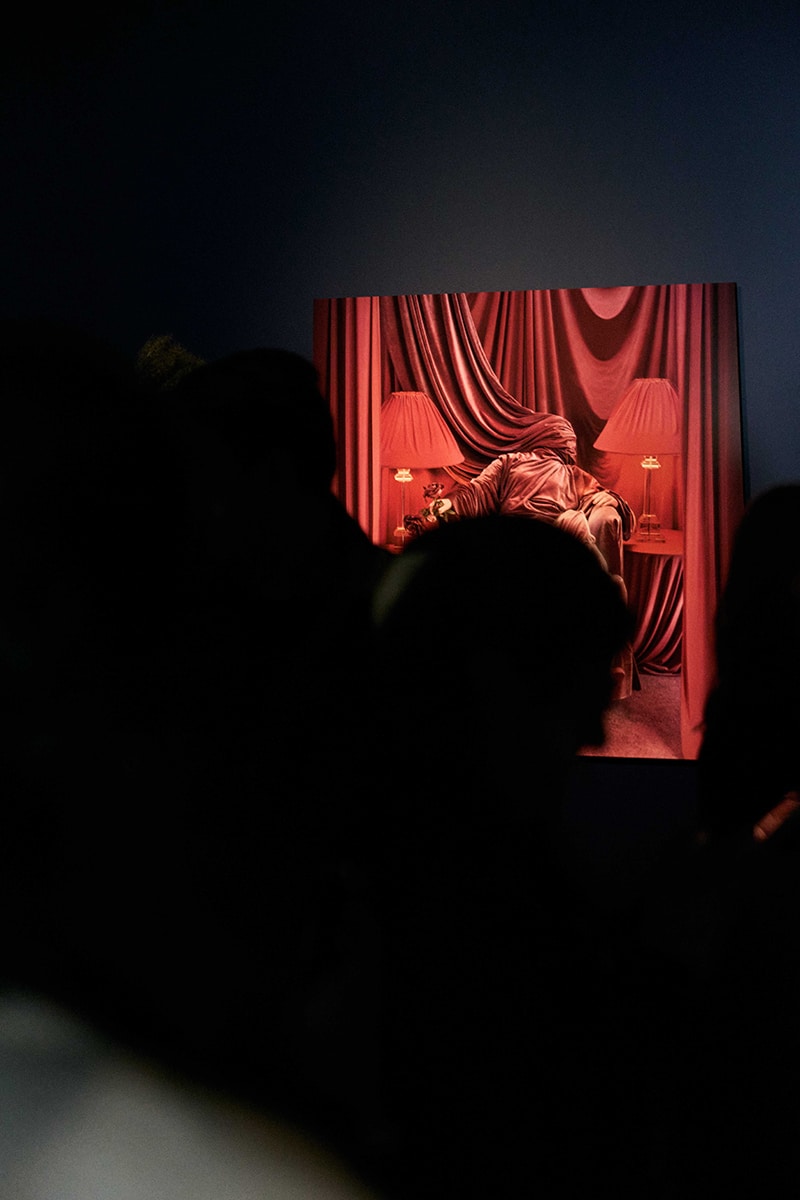
The Fashion Talks format offers a unique opportunity for industry folks to gather and listen to guest speakers whose career paths and achievements deserve more recognition. This edition included great insiders, such as creative director Karen Binns and fashion commentator Hanan Besovic, as well as Recho Omondi, the genius host and creator of “The Cutting Room Floor” podcast. While the talks were uncensored, informative, genuine and offered sound advice -the best coming from Karen Binns, who urged the audience to just ignore their phones- there wasn’t much room for interaction or discussion. Given the calibre of the speakers attending the event, some Q&A sessions would be rather welcome, allowing the audience to ask insightful and relevant questions. Still, kudos to Flanders DC for managing to organize an event where industry insiders can finally exchange as a community. We all love social media, but nothing replaces the power of connecting with someone you meet in a physical space.
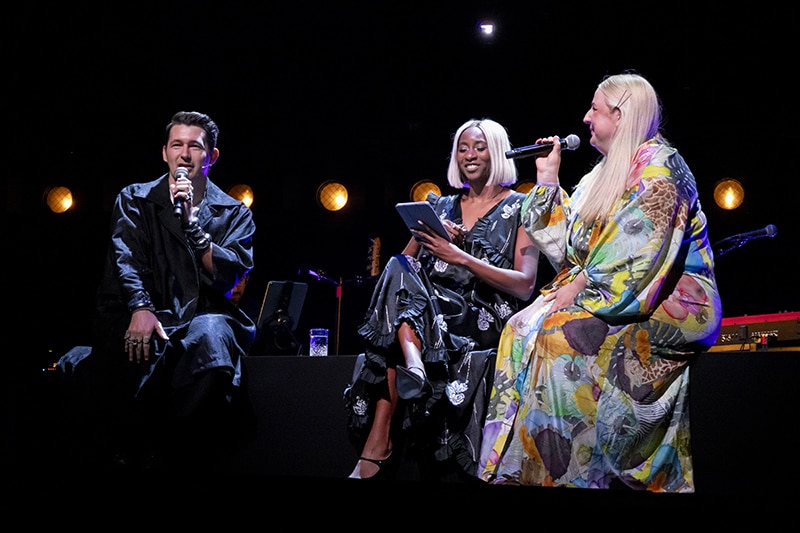
The same could be argued of the Academy of Fine Arts and its wonderful show, beautifully orchestrated by Brandon Wen, Creative Director of the Fashion Department. Wen knows how to put a performance together and he also happens to be a high-energy individual, jumping off his seat to cheer his students. The Masters collections were particularly strong this year, and some of the menswear ones clearly stood out. In a context that feels fragile, frightening and deeply insecure, the students of the Academy delivered boldness, confidence, innovation and joy.
Amar Singh’s celebration of drag culture, clowns and stars was fun and uplifting. The collection recalled the glam optimism of the 1980s, as well as the global rise of voguing. His tailored pieces were striking and -once you took some accessories away- the result was rather elegant and chic. The first jacket of the show -a houndstooth number fitted at the waist with exaggerated shoulders- was embroidered in the back with contrasting sequins proclaiming “Desperate For Attention”. Singh’s parade was queer, lighthearted and put a smile on your face, which is very-much needed today.
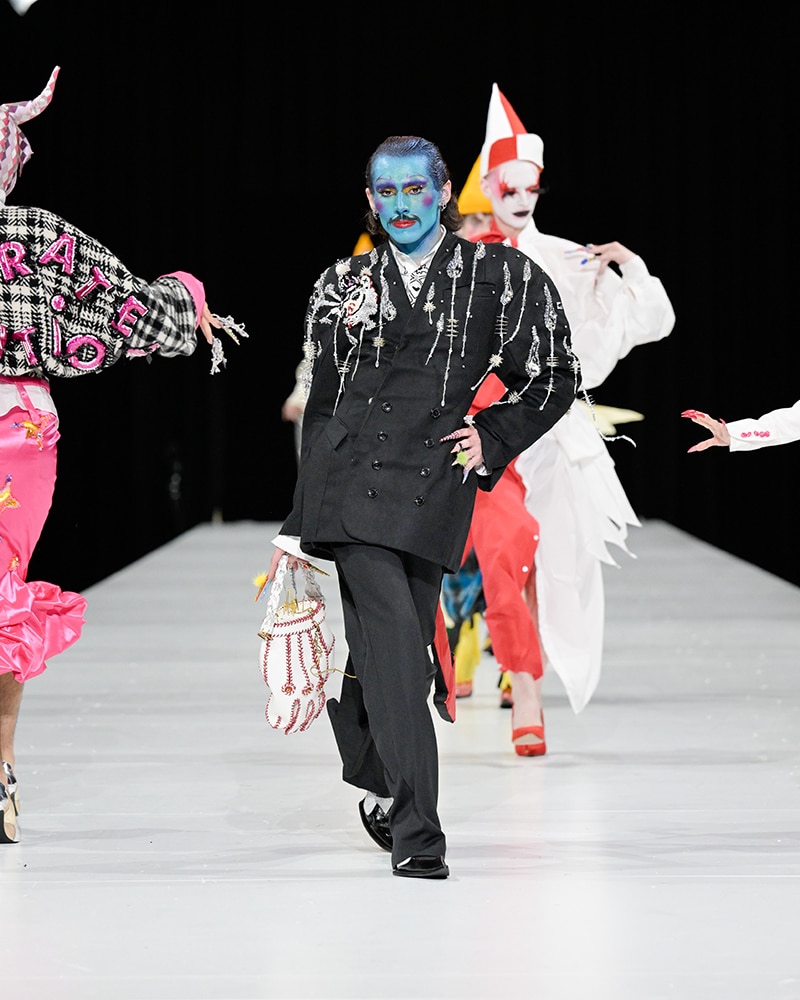
Amar Singh
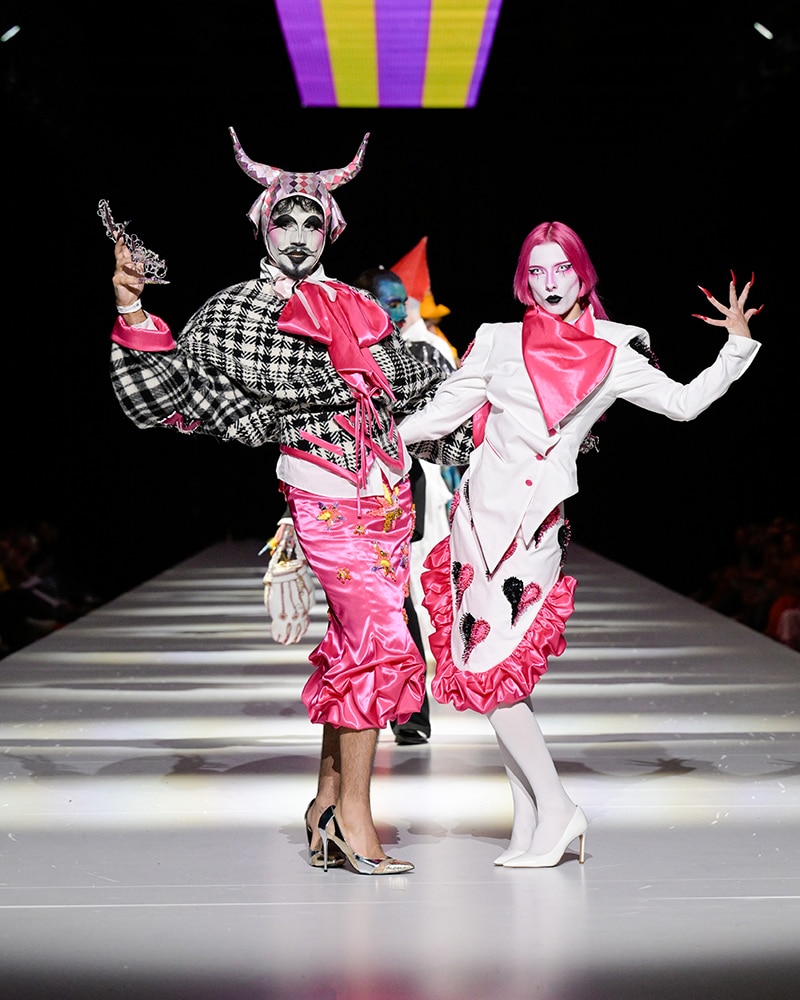
Amar Singh
More poetic and subtle, Sybrand Jansen’s clothes were ethereal and deconstructed, conjuring up the power of memories that are linked to garments. His use of transparency and proportion was striking, and he presented men’s pieces that felt fresh and desirable. I loved his take on classic jeans and his twisted silhouettes, which brought the early work of Glenn Martens for Y/Project to mind. Jansen explored different textures and contrasting materials, too, adding an organic edge to some of his statement looks.
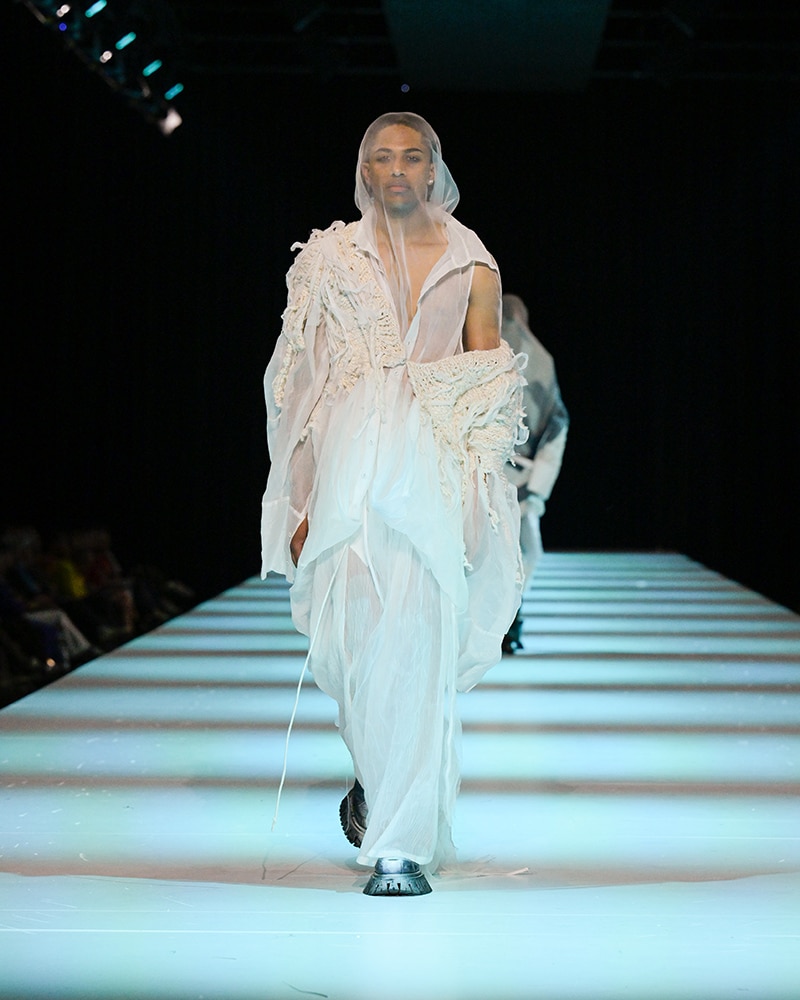
Sybrand Jansen
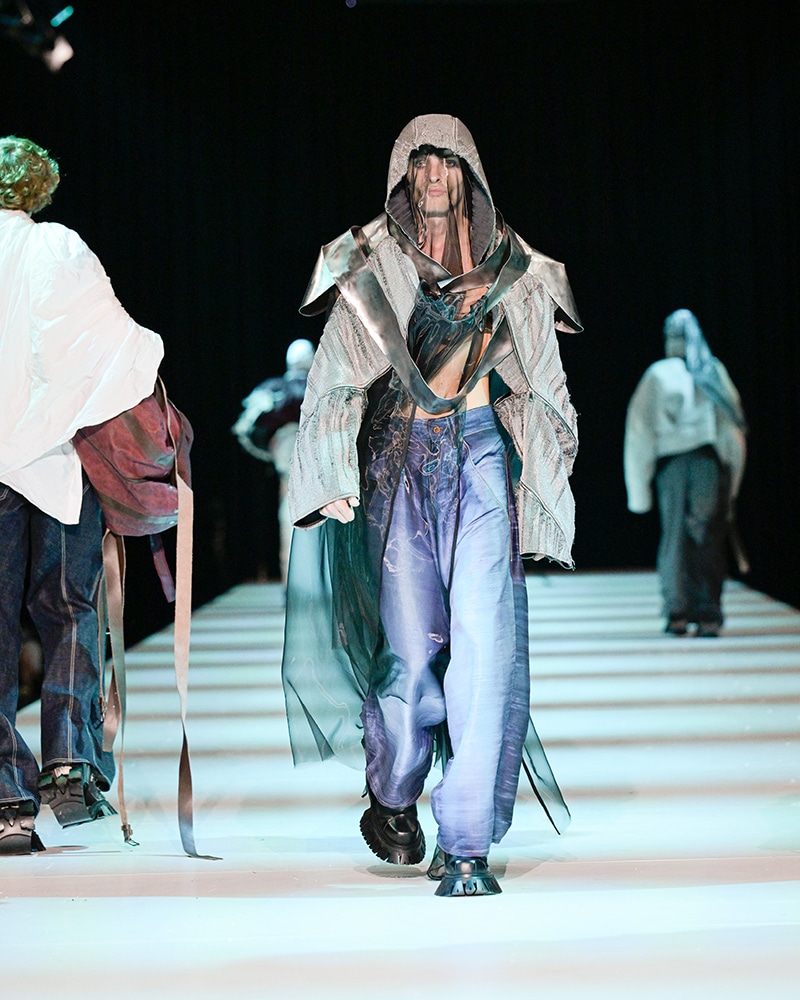
Sybrand Jansen
For Jaden Xinyu Li, who named his collection “Love letters to the unwanted”, the end of a relationship was a creative starting point, showing a series of garments that were emotionally charged. Focusing on vintage pieces, he explored the notions of abandonment and yearning, of what it feels like having been used and discarded while anxiously waiting for a new owner. Some of the styling and accessories reminded me of Miguel Adrover’s poignant take on fashion, with its connection to nature and repurposing clothes.
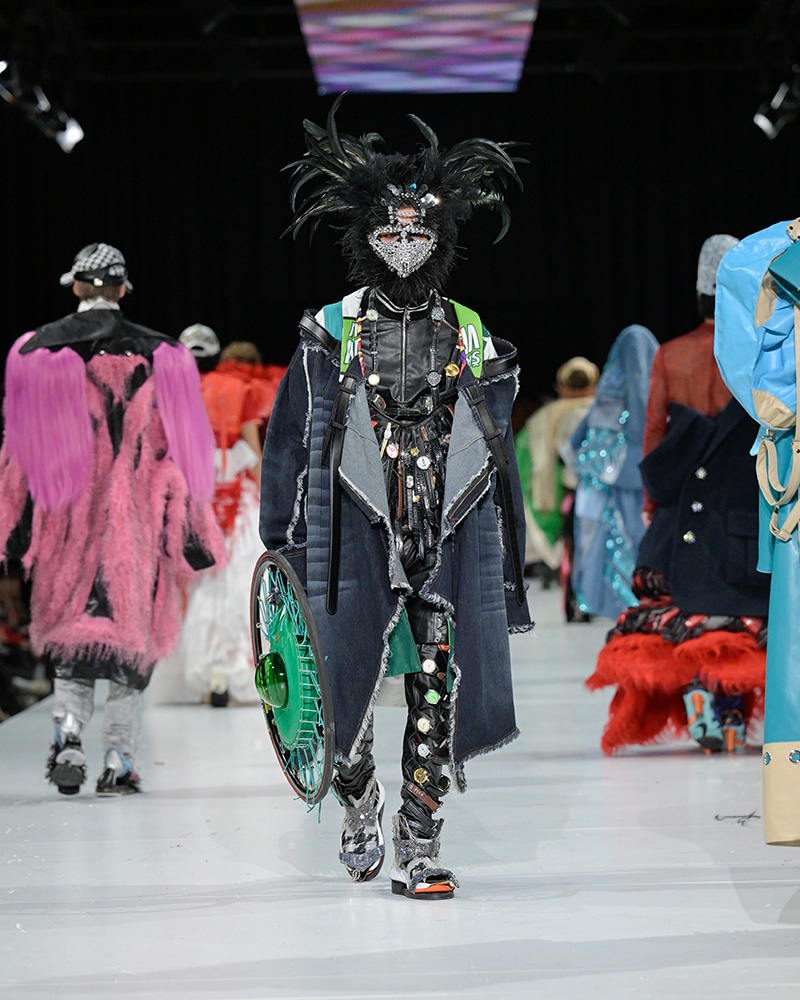
Jaden Xinyu Li
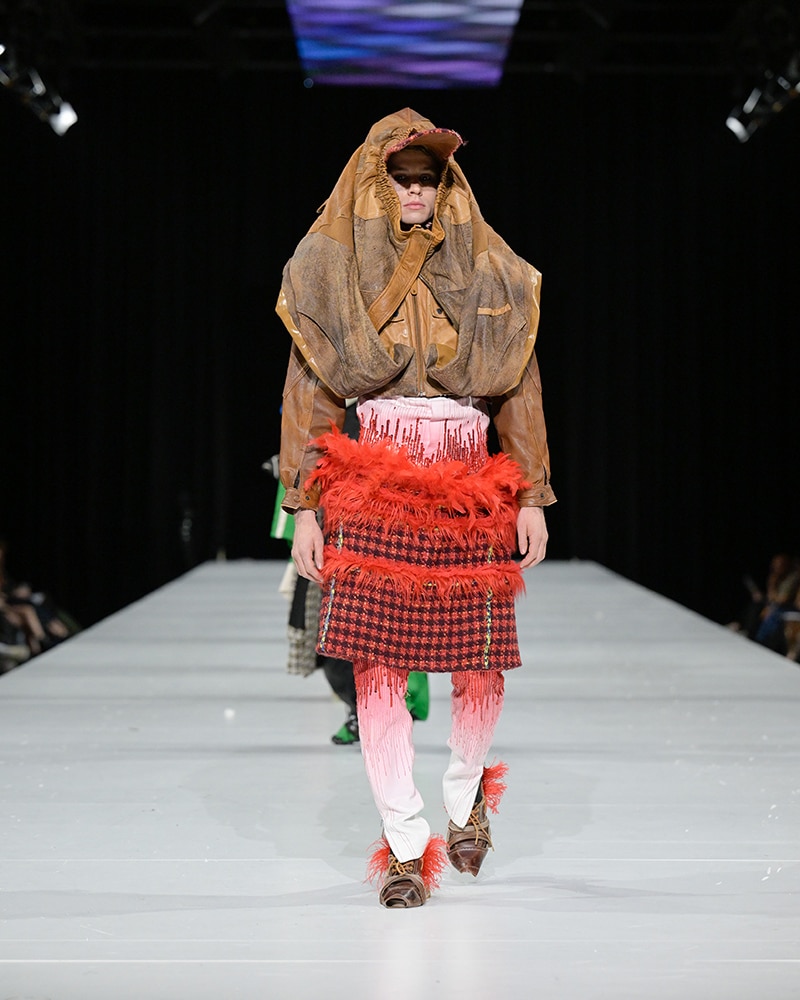
Jaden Xinyu Li
More than ever, the students of the Academy were in search for meaning and substance, which made this show a beautiful experience. Interestingly enough, menswear feels like a space where students can truly experiment and hone their voices, refusing categories -and boxes- to open up spaces of sartorial freedom.
